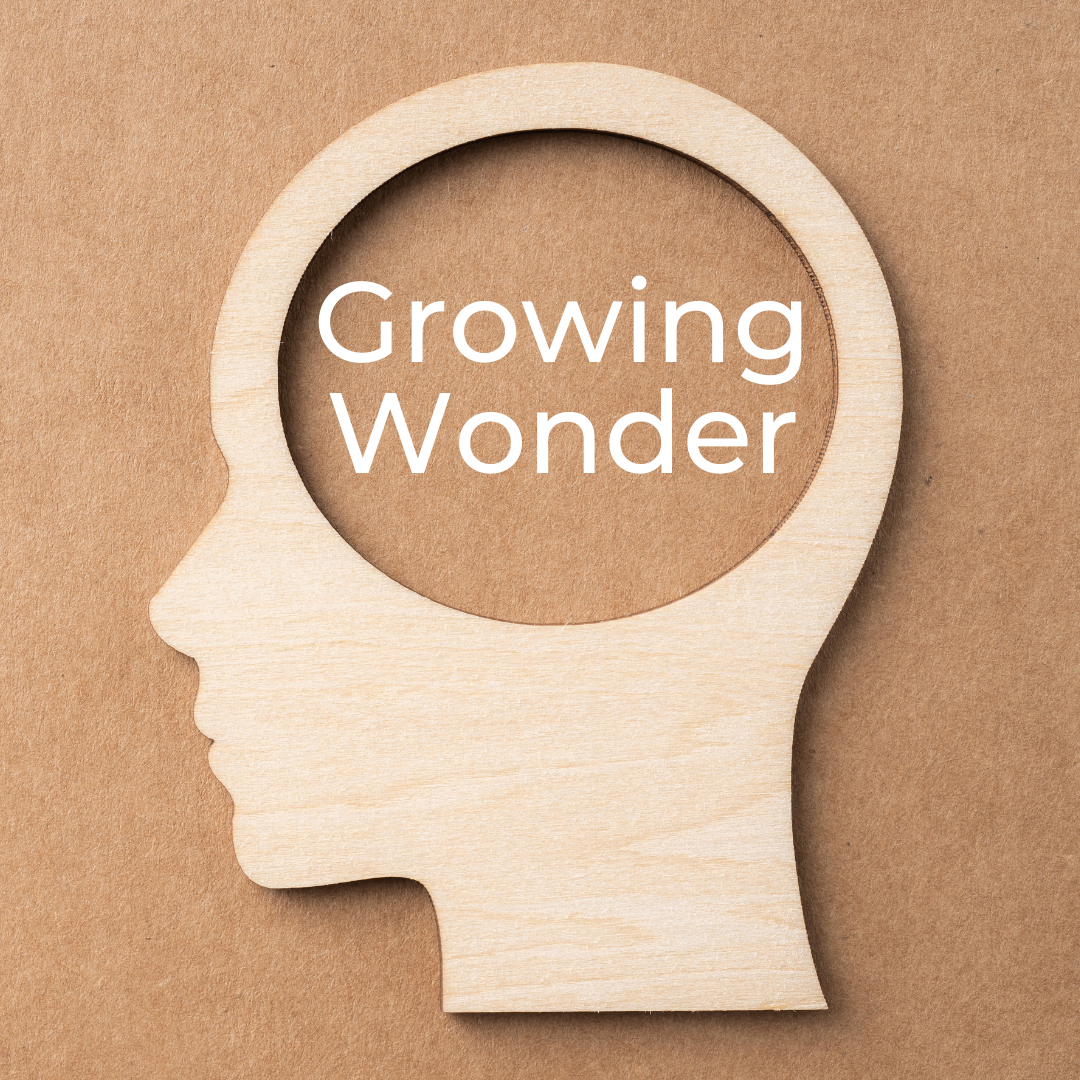
Growing Wonder
I guess it's embedded pretty deeply in my DNA because it's happened a few times, including this past week. I was in a parking lot walking toward my car when my heart jumped at something on the asphalt. Though it was definitely snake-like in shape, it was only a brown shoelace. Let it be said, I recovered my dignity quickly.
Though we live in a modern world with most of us in urban settings, genetic headwinds can be stiff. Evolutionary biology tells us that our ancestors who most effectively avoided slinking, sometimes poisonous creatures on the ground were the ones who tended to survive and reproduce. And whatever it was that helped them sidestep these risks is still inside of us. The shoelace, the stick, that little twig on the ground that seemed to move, tells us it is.
However, I recently learned something interesting not only about how we feel fear in particular, but more generally how all our emotions are generated and then handled by our brains. Recent neuroscientific research indicates that, while it all happens very fast, we don't see something scary or awesome, and become afraid or awed, then experience an adrenaline rush, but rather the sequence is the other way around. We perceive the thing, the physiological rush occurs, then the emotion comes. And while in some ways this is counter-intuitive, it's actually consistent with my experience in the parking lot with the shoelace or with the experience we might feel at the top of a mountain.
The brain takes the data it's getting from outside of the body (the sight of the snake-like object on the ground or the sunlit valley below) and the information from inside the body (the adrenaline rush)?then it predicts which emotion is most useful in terms of survival or understanding the experience. Michaeleen Doucleff, in a recent online article at NPR explains it this way: ?The brain senses these physiological changes and decides which emotion to conjure up?The chosen emotion not only helps the brain make sense of these signals, but (then) it also helps the brain predict better the immediate future and how to handle the situation at hand.?
If, in this way, our emotions aren't so automatic but a part of our brain's predictive and ongoing ?making-sense-of-the-world? work, this brings up some interesting questions. Dr. Lisa Feldman Barrett, a neuroscientist, takes up some of these questions in her book, How Our Emotions Are Made: The Secret Life of the Brain. "If you know that your brain uses your past in order to make sense of the present,? Barrett says, ?then you can practice cultivating emotions today so that your brain can automatically use that knowledge when it's making emotions tomorrow.?
What if we take her up on this? What if we practiced reframing many of the things in our daily experience with emotions like awe, gratitude, and wonder? For instance, what if instead of being exasperated by a momentary glitch in a Zoom call, we choose to focus on the incredible wonder that we can see and communicate at the touch of a button with people all over the country and world? Instead of internalizing the frustration of a slow connection on our phones, maybe we should be marvelling over the fact that the sum total of human knowledge is accessible to each of us through this little device we hold in our hands. Instead of complaining that our flight was twenty minutes late, we might ask, as one comedian does in an insightful bit, ?Oh really, what happened next? Did you fly through the air like a Greek God? Did you partake in the miracle of human flight??You?re sitting in a chair in the sky!?
Doucleff's article and Barrett's research suggests that building the habit of choosing positive and uplifting emotions like this is akin to practicing the chords on a piano or guitar. After a while, it becomes more second nature. Here's perhaps a way to begin to practice. Piercarlo Valdesolo, another psychologist Doucleff spoke with suggests taking an ?awe walk? everyday?just a short stroll with your thoughts shifted outward to consider the small details of the world, the unexpected, the hard to explain, the delightful. You'll find it all right there. See, then feel, the genuine astonishment over the crack in the sidewalk where a tender green sprout has somehow broken through concrete. Experience true amazement at the perfect black dots on the back of a red ladybug crawling along the ground. Or perhaps just marvel at how fast a grown man can react when confronted by a mere shoelace on the pavement.
God?Help me to take a step back, growing more awed at all the wonder present in the world.
Amen.
?Greg Funderburk





